Planted eight years ago by Pauline and Paul McBride with the help of 40 friends and family, this eight acres garden displays perennials on an amazing scale. Broad drifts of individual species mingle and weave together at their edges and create an incredibly rich tapestry of forms, textures and colours. The beds or borders are shaped in what their creators call "interlocking arcs" in the "shape of a spiralling nautilus shell" with very broad lawn paths between them. However, there are also narrow sneaking paths within these borders which you are encouraged to explore - and all of a sudden you find yourself dwarfed by grasses and flowers.
We went last September and here are a few of the pictures I took. All of them should open in a larger format if clicked.
For once, I managed to let my head keep the upper hand and didn't buy any of the tempting plants on offer. I'm still proud, if I'm honest, for usually desire and impulses get the better of me. But really: Sanguisorba in a 20cm pot? It just doesn't feel right. These plants need room to show their best. Maybe they don't need as much as in this stunning garden, but they certainly look the better for it being given.
It is typical of the New Perennial planting style to select plants as much for their impact when dead and leave them in place until late winter. Paul and Pauline (who previously have worked with hugely influential and internationally renowned Dutch garden and landscape designer Piet Oudolf) wait for a good still day in February or early March and burn the whole lot to the ground.
For once I thought that I'd let the pictures do the talking. But if you want to know more, there is an interesting - if five years old - article from the Telegraph about the garden. And of course, Sussex Prairie Garden, open to the public most afternoons, has its own website.
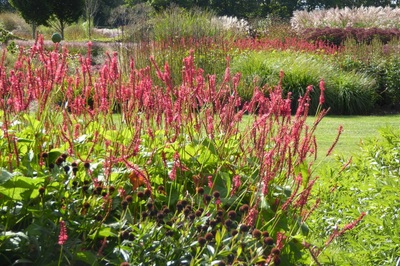
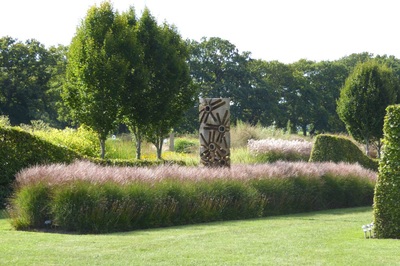
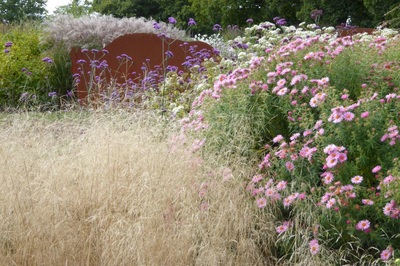
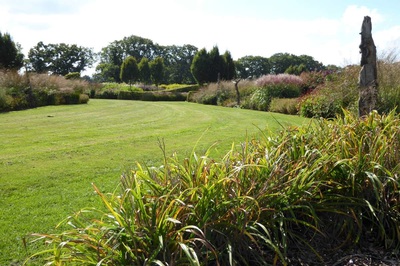
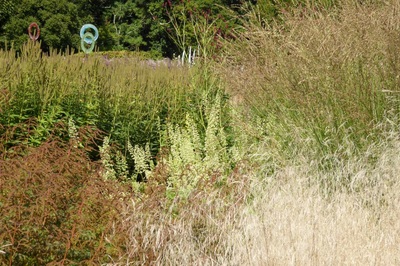
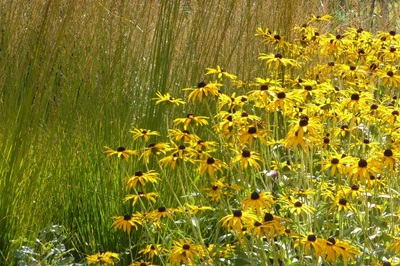
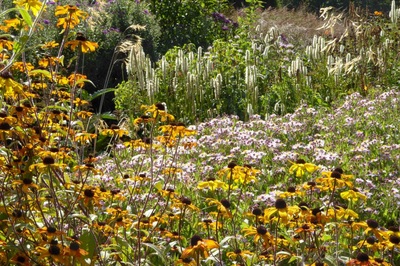

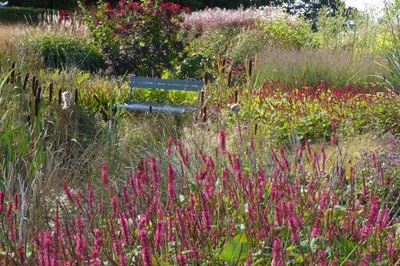
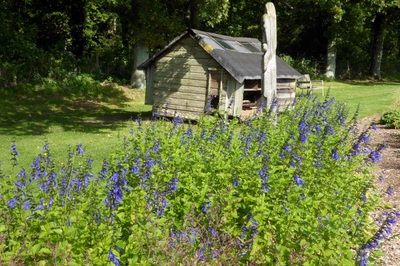

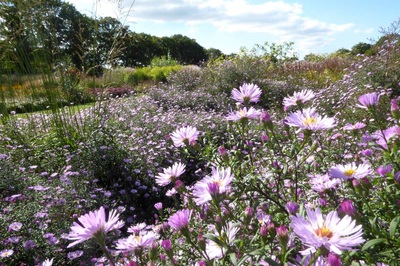
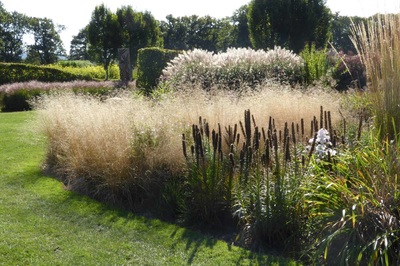
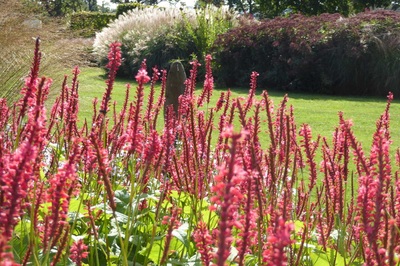
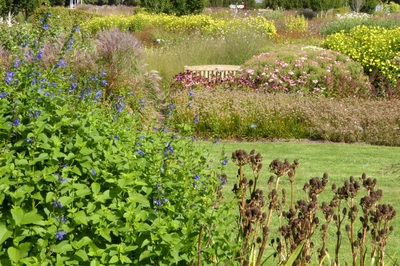
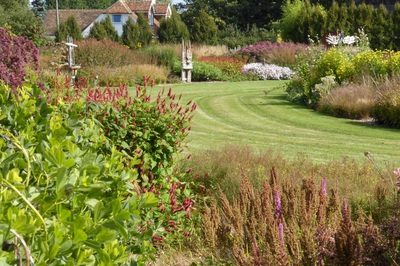

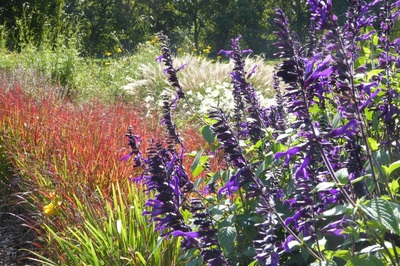

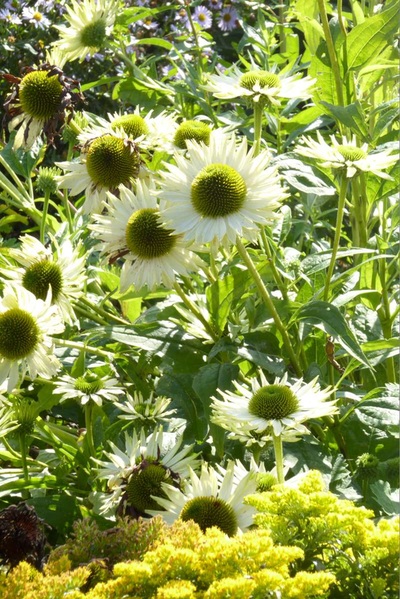
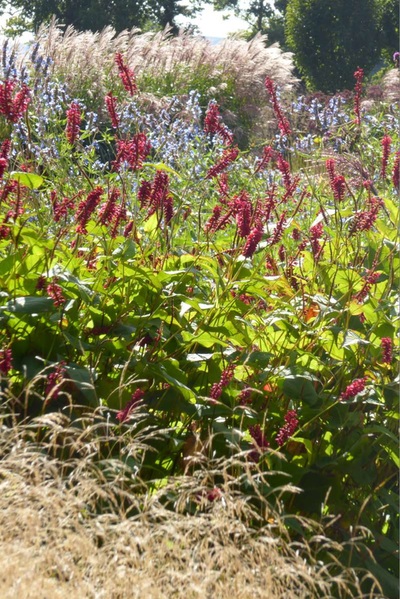
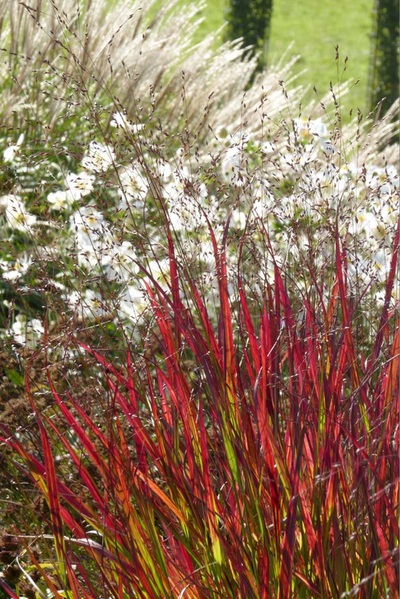
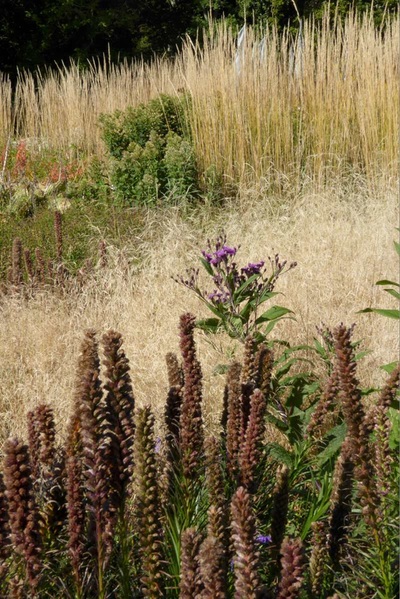
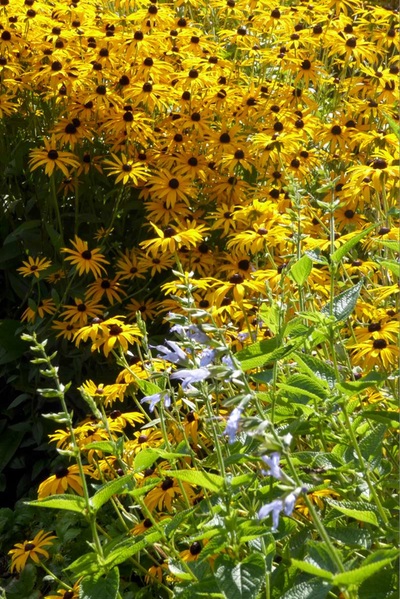
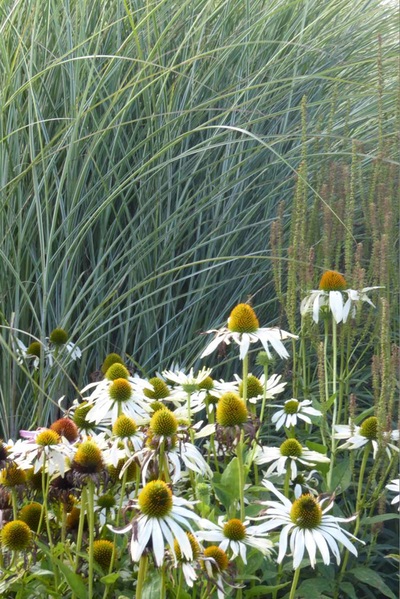
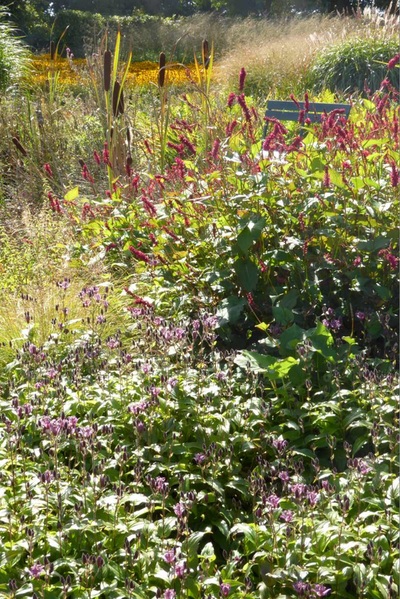
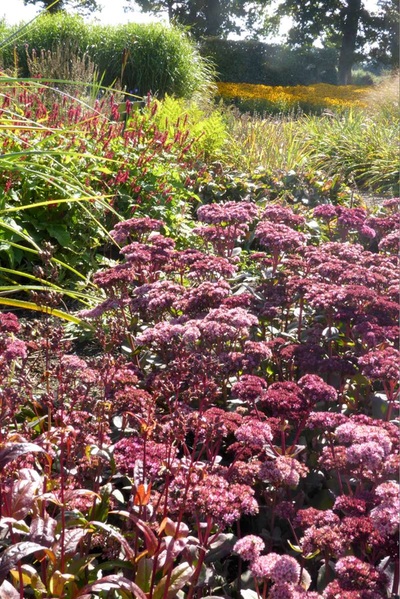
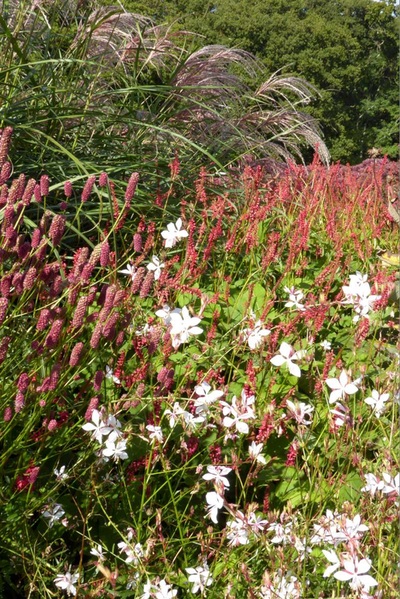
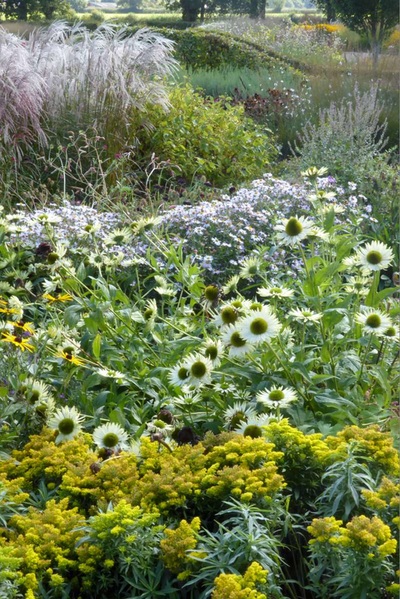
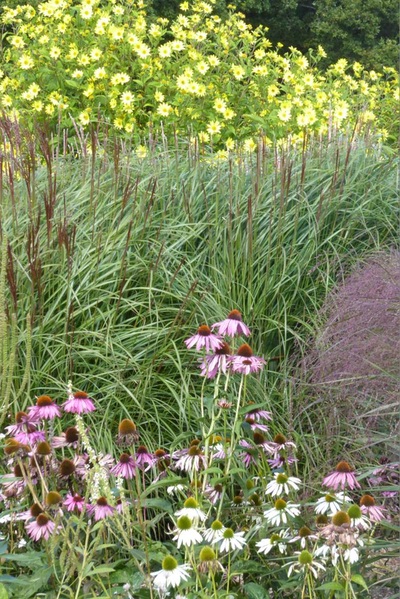
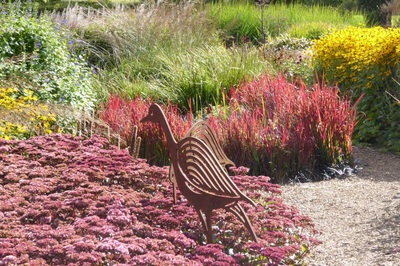
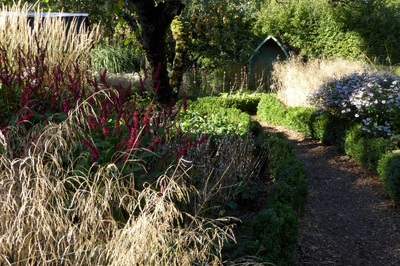
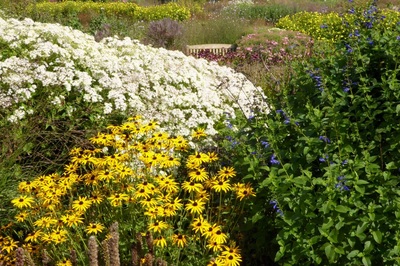
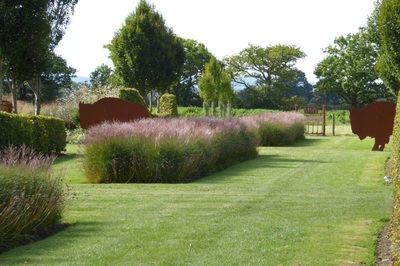
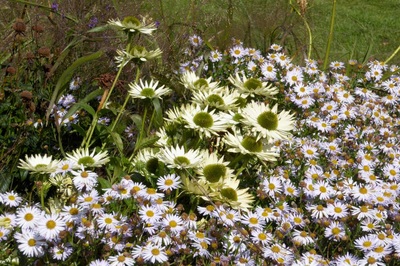
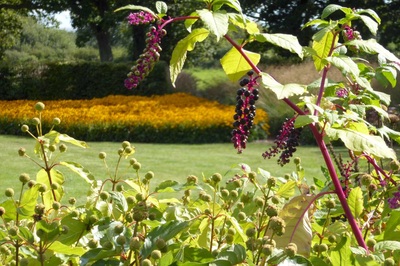
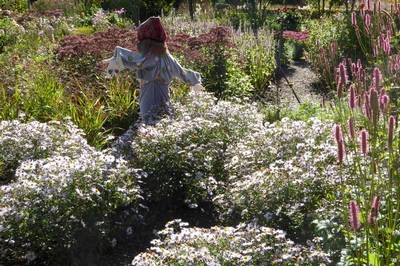
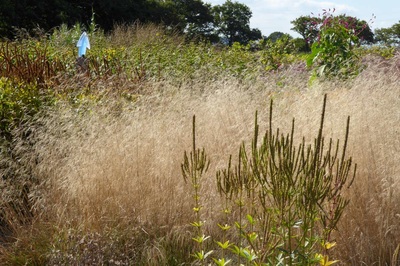
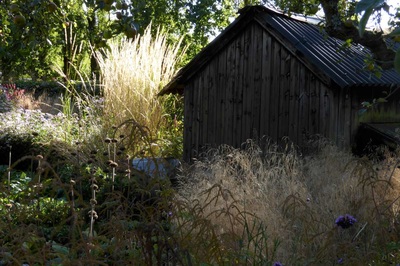
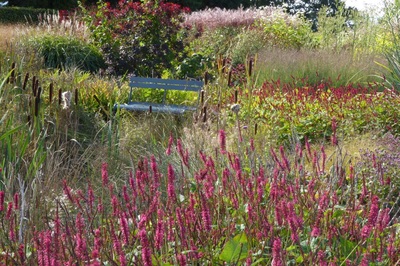

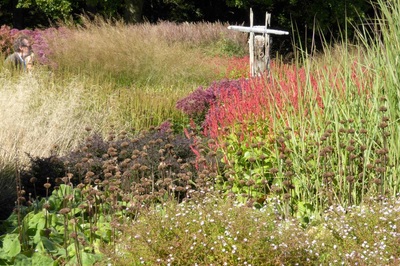
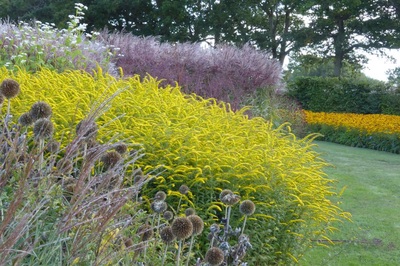

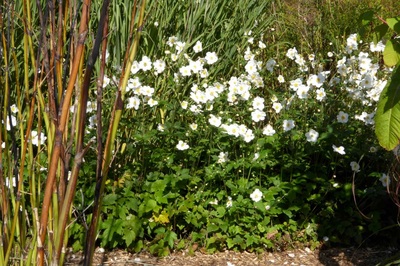
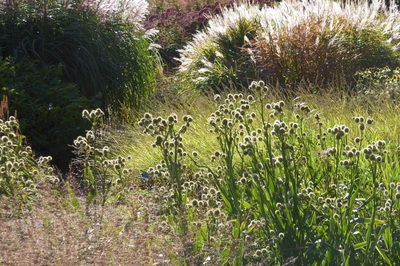
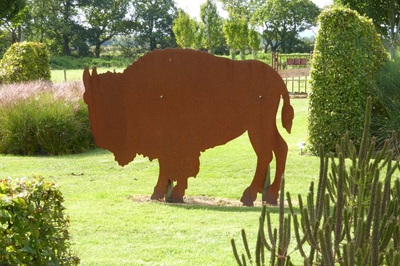
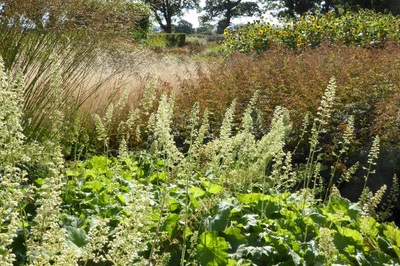
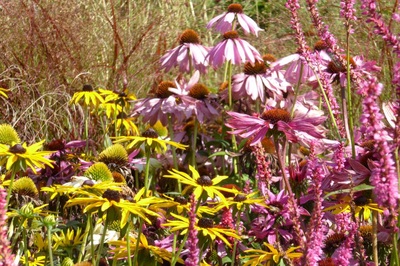
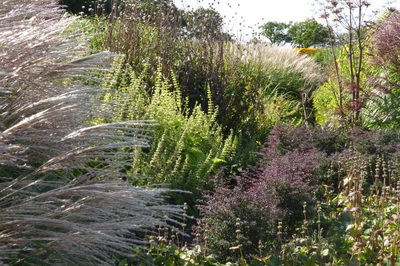
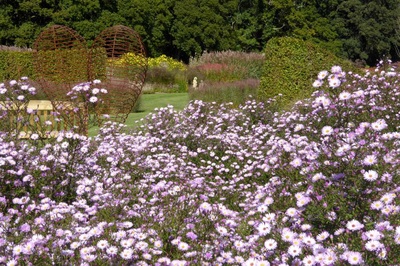
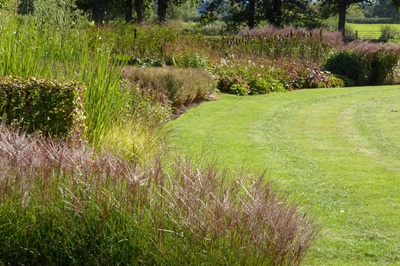
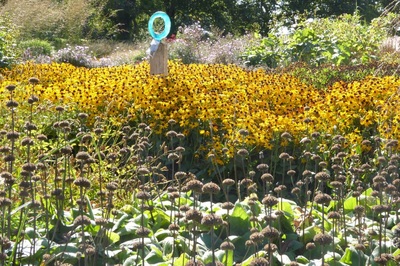
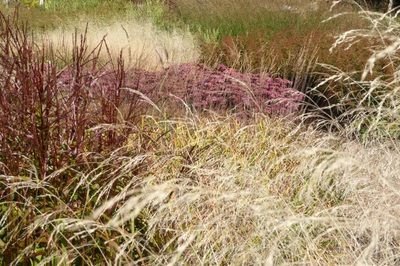
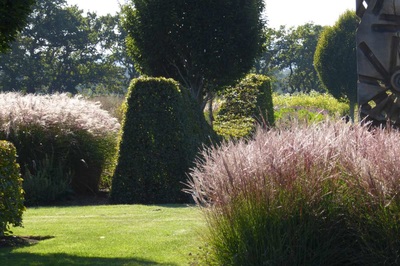
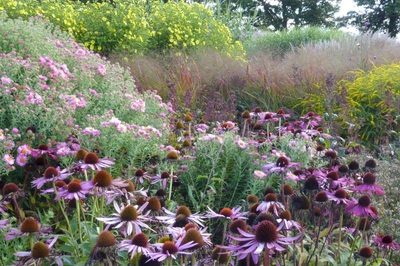
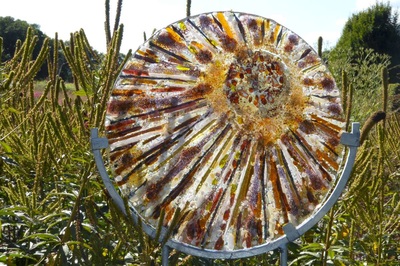
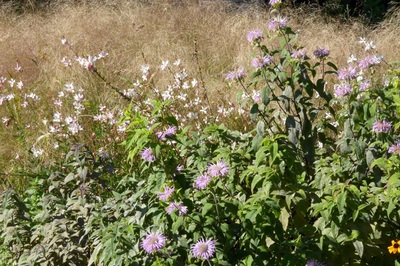
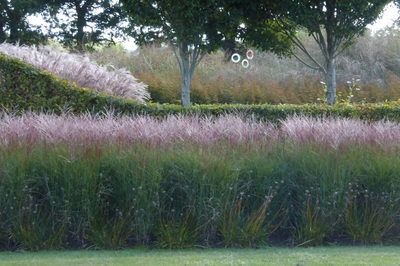
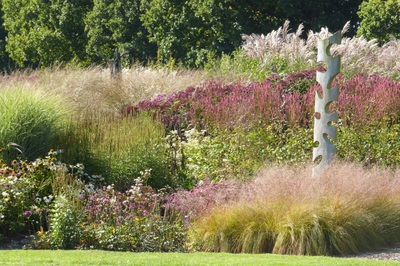
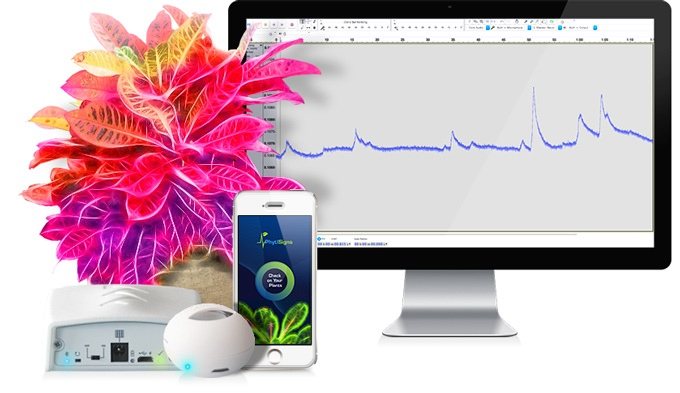

 RSS Feed
RSS Feed